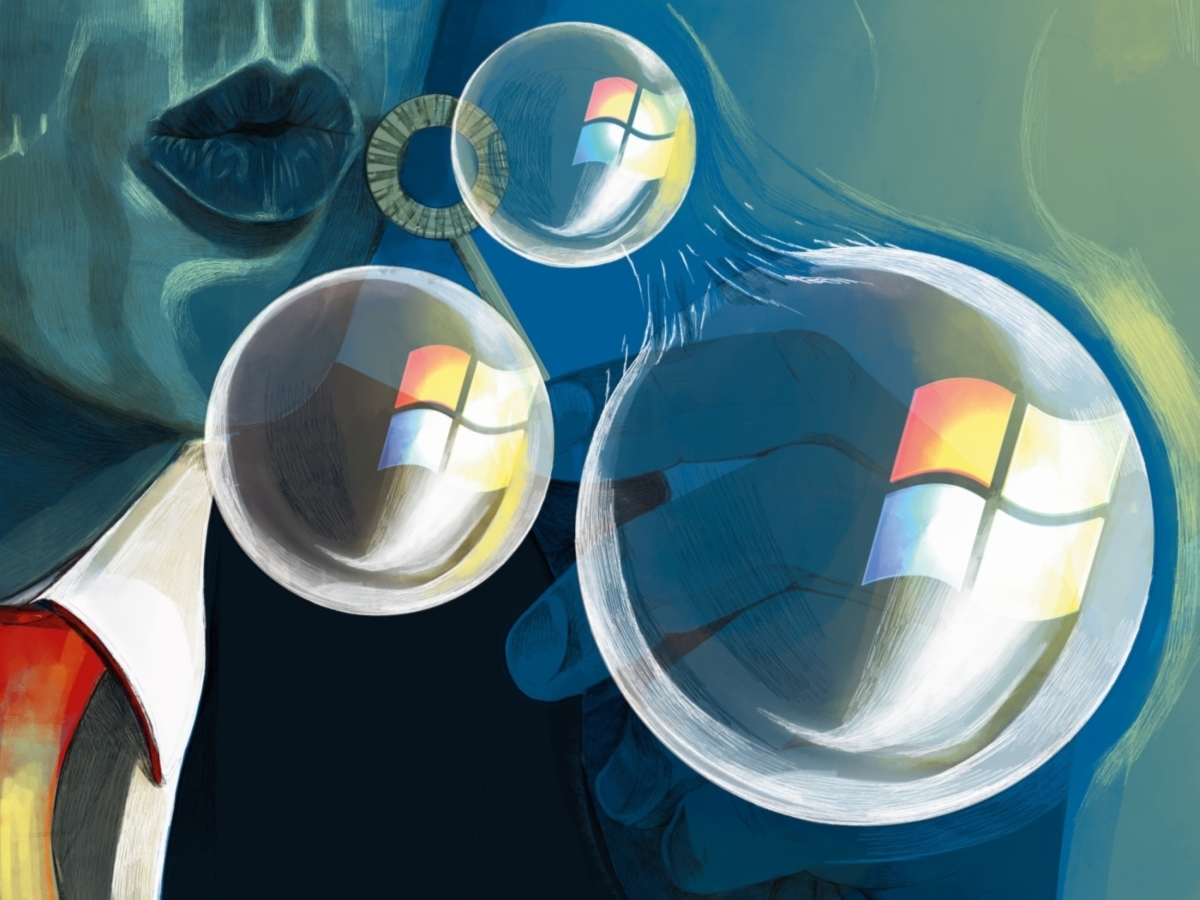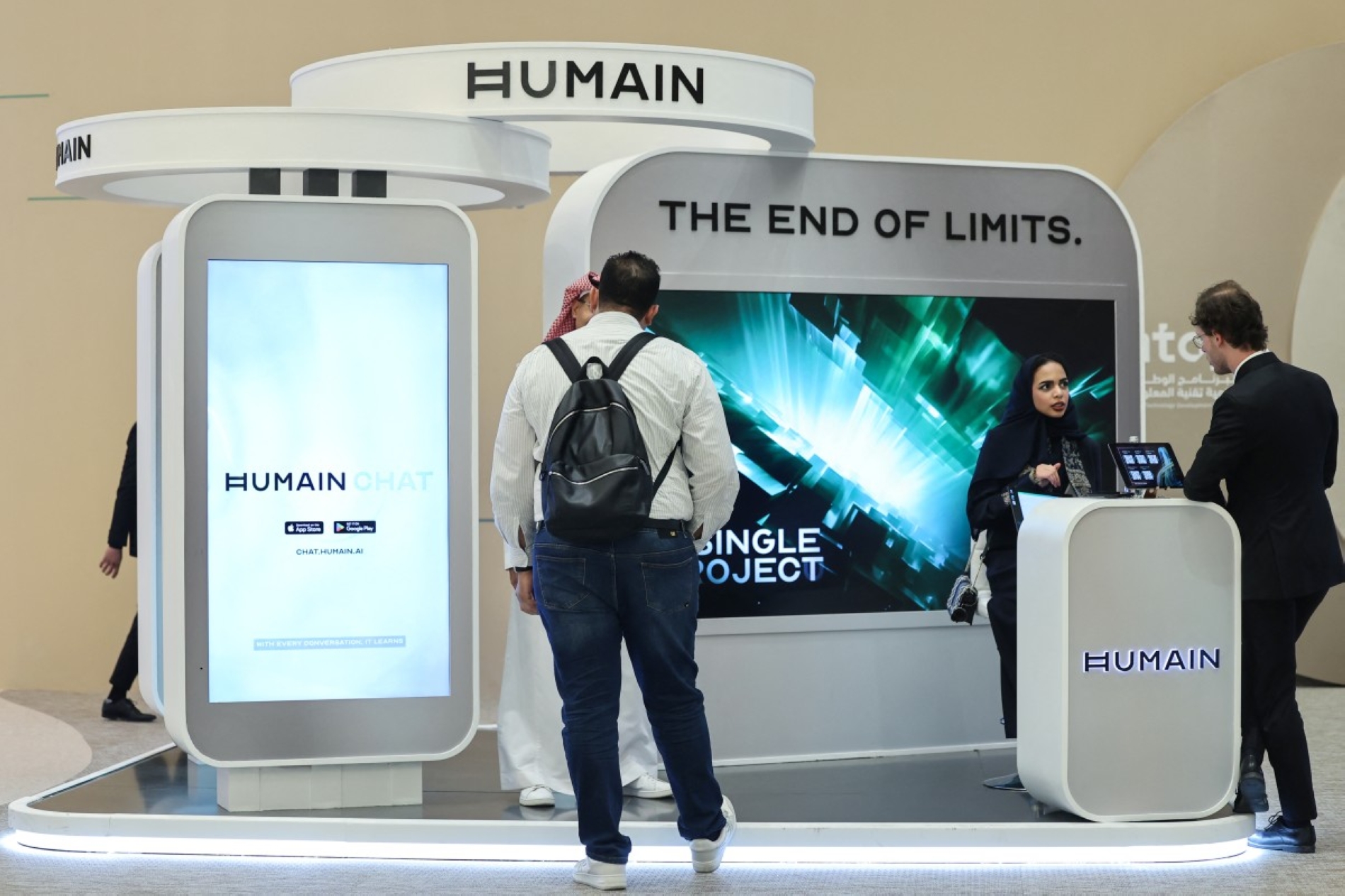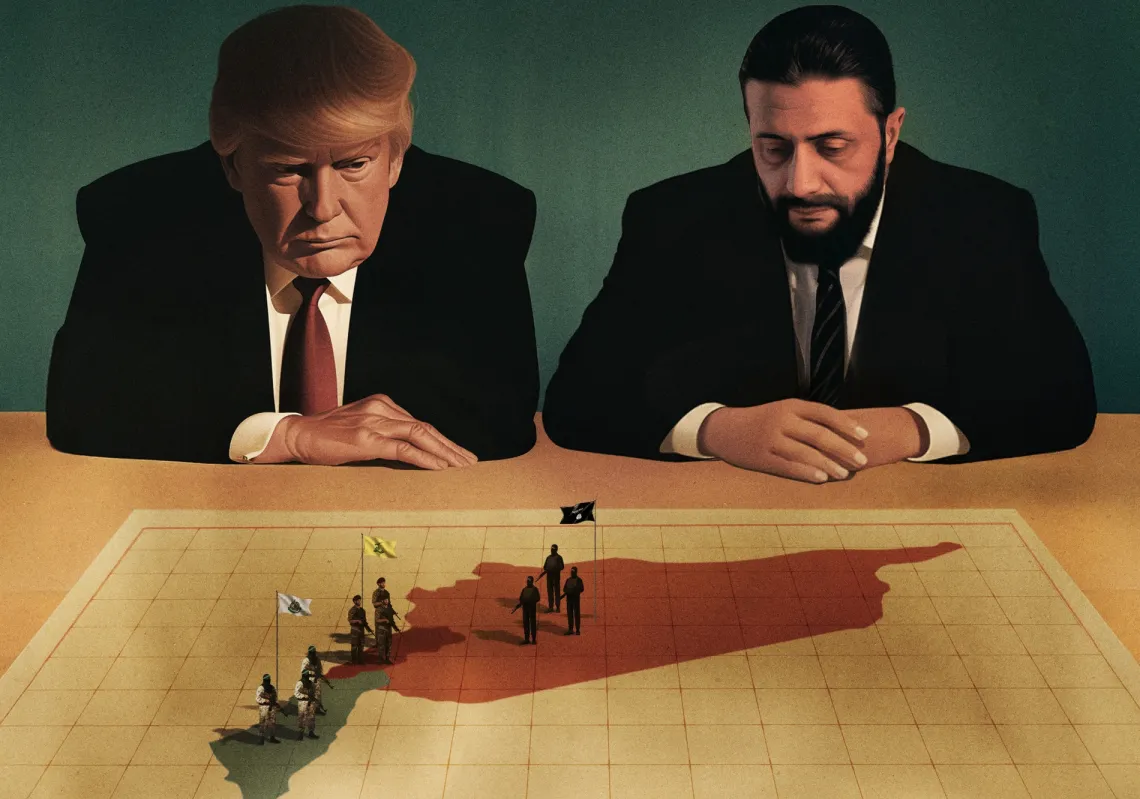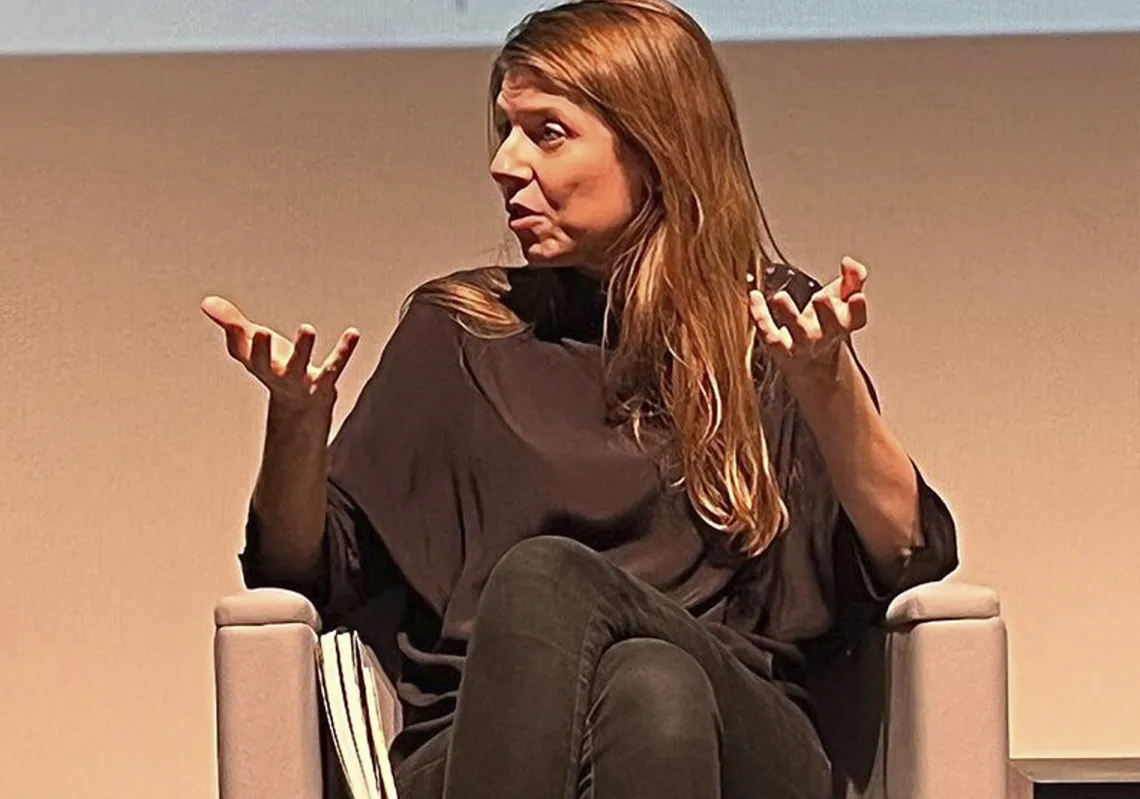There were few winners from the 2008 global financial crash triggered by an implosion in the US housing market, but investor Michael Burry was one. Later played by Christian Bale in The Big Short, a film about the crash, Burry spotted that there was a problem with subprime mortgages, which meant that there was a bubble in US housing. He made around £800mn for himself and his fellow investors by shorting the market. He had spotted other opportunities before, but never on this scale.
It therefore made headlines around the world when Burry was recently revealed to be shorting Nvidia and Palantir, both big players in AI (Artificial Intelligence), where a widely acknowledged bubble has now formed. He later posted on social media that the so-called ‘hyper-scalers’ (i.e. the big tech firms spending hundreds of billions of dollars on AI infrastructure) were understating depreciation on this capital expenditure, which he likened to fraud. It comes down to the useful life of equipment (such as Nvidia’s advanced chips) and how long companies claim they can be used in their filings.
Even before Burry’s intervention, traders in financial markets were sounding the alarm. The dizzying rise in share prices of technology firms, fuelled by the Generative AI (GenAI) boom, has caused unease. As whispers of a looming collapse grow louder, echoes of the Dotcom Bubble of 2000 grow louder. Is history repeating itself?
Riding the wave
At the end of the 1990s, the internet was about to change the world, and tech companies soared to breathtaking valuations, riding a tide of unrestrained optimism. The peak of this frenzy became known as the Dotcom Bubble (owing to the iconic suffix). When it burst, it wiped $5tn off the markets, as chronicled in reports by Goldman Sachs and the US Census Bureau in 2004. Some fear that AI is experiencing a similar gold rush, and that it is on the same path regarding valuations.
The late 90s saw capital flood into almost any .com startup, regardless of whether it had a viable business model. Firms with untested ideas and no profits went public and were valued at $1bn within days. These valuations were based on a seductive premise, but the financial underpinnings were fragile. Companies like Pets.com and Webvan saw their stock surge by up to 500% despite being unprofitable. Boo.com famously burned through $135mn in just 18 months. The Nasdaq Index was up 400%.
The bubble was inflated by easy capital, cheap interest rates, and an uncritical media narrative. The crash began when investors finally looked past the promises and saw the numbers. What they found was a chasm between expectations and reality. From March 2000 to October 2002, the Nasdaq fell by nearly 78%. Wealth evaporated, firms folded, and a short-lived recession followed. The tech sector, now experiencing a bubble once again, took several years to recover.
The Dotcom Bubble is a warning from the past about the dangers of hype, easy money, and unbounded investor enthusiasm in the tech sector, but several names survived it, including Amazon and Google (the latter now owned by parent company, Alphabet). There are among the ‘hyper-scalers’ powering the AI surge.
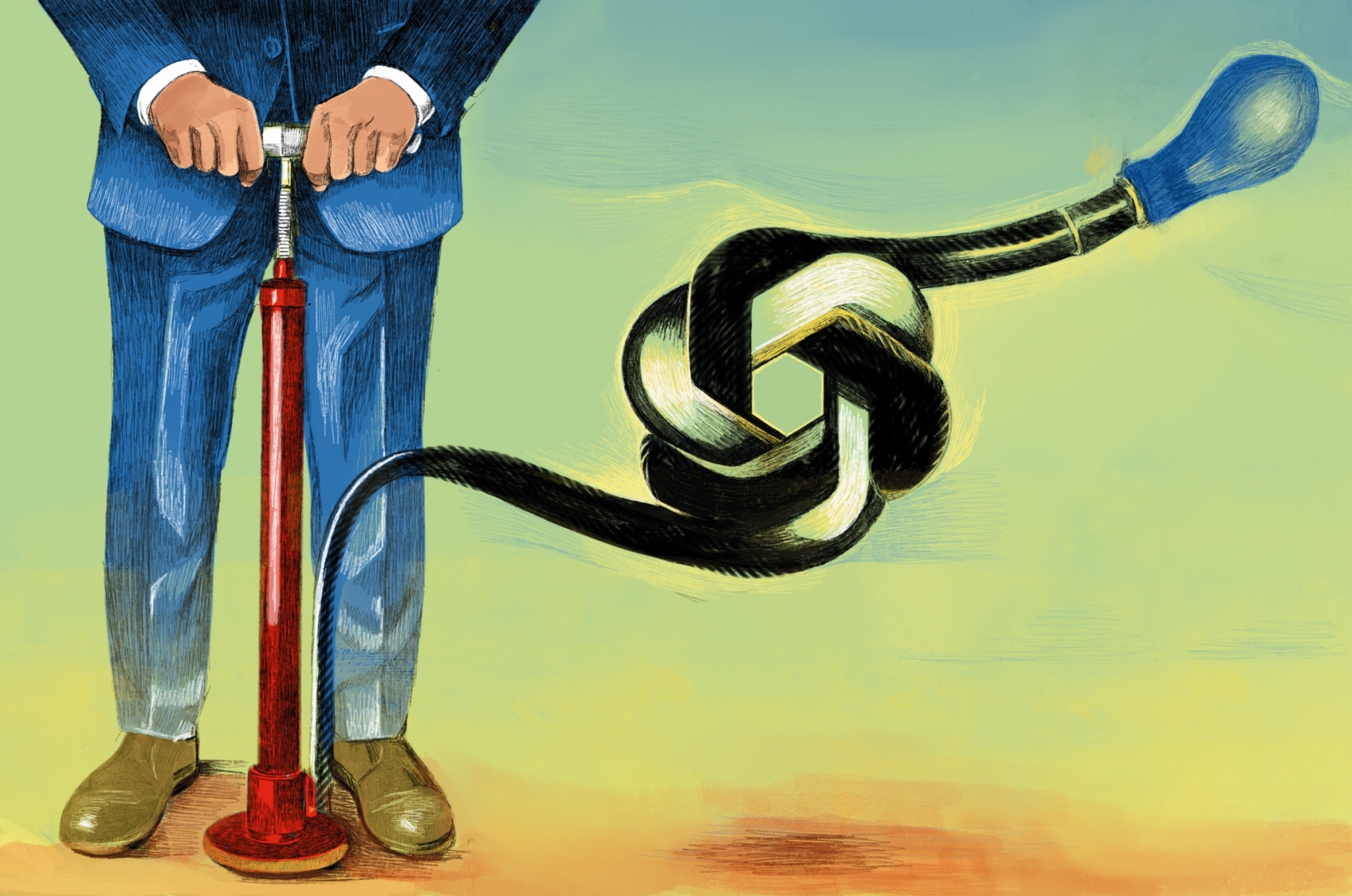
Pumping money in
According to a 2024 report by PitchBook, AI startups attracted $75bn in funding during 2023 alone. Market valuations for some firms now far exceed their actual earnings. A Harvard Business Review report showed how many firms were now inserting ‘AI’ into their branding, purely to attract capital. In the second quarter of 2025, 58% of S&P 500 companies referenced artificial intelligence in their earnings calls, a record high.
Startups with underdeveloped products are securing billion-dollar valuations based solely on their foray into AI, despite doubts about their long-term profitability. Access into the market can be difficult, though. Developing cutting-edge AI models can cost more than $100mn. Meanwhile, a 2024 study by MIT revealed that nearly a third of AI startups operate without any real algorithms, fuelling fears of fraud.
Even so, important differences distinguish this boom from the frenzy of the late 90s. For a start, AI is not just a promise, but an active tool in data analytics, automation, and supply chain optimisation. Its applications are already enhancing productivity across industries, and some players are delivering solid profits. Nvidia is worth a staggering $4.7tn. OpenAI, whose advanced ChatGPT chatbot helped introduce AI to millions of people, earned $2.7bn last year.


